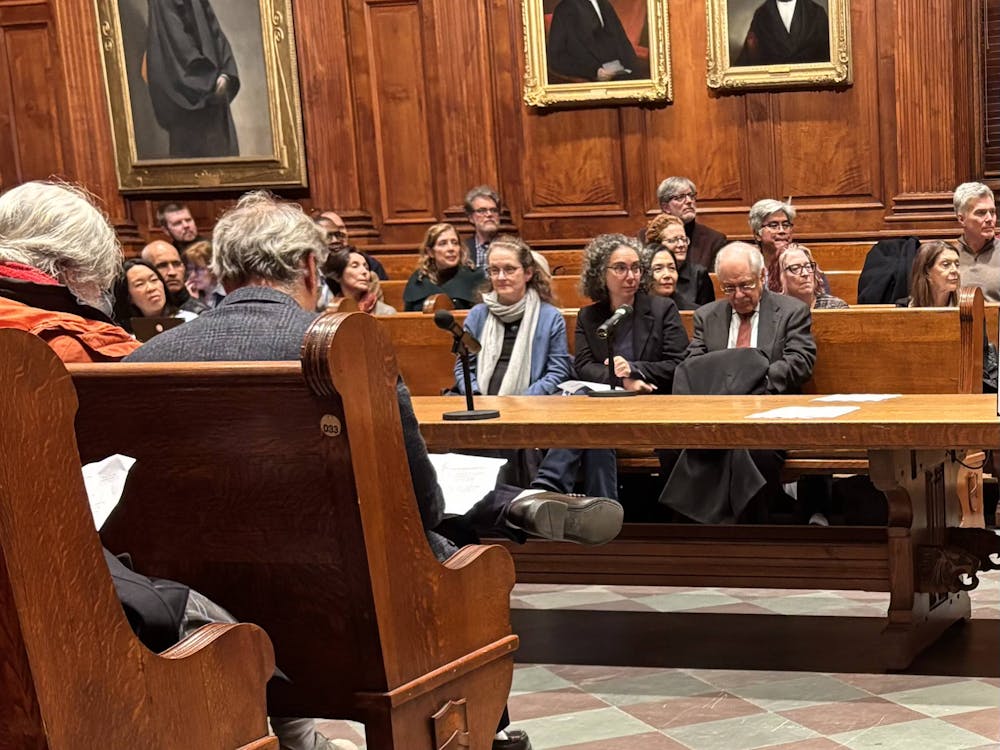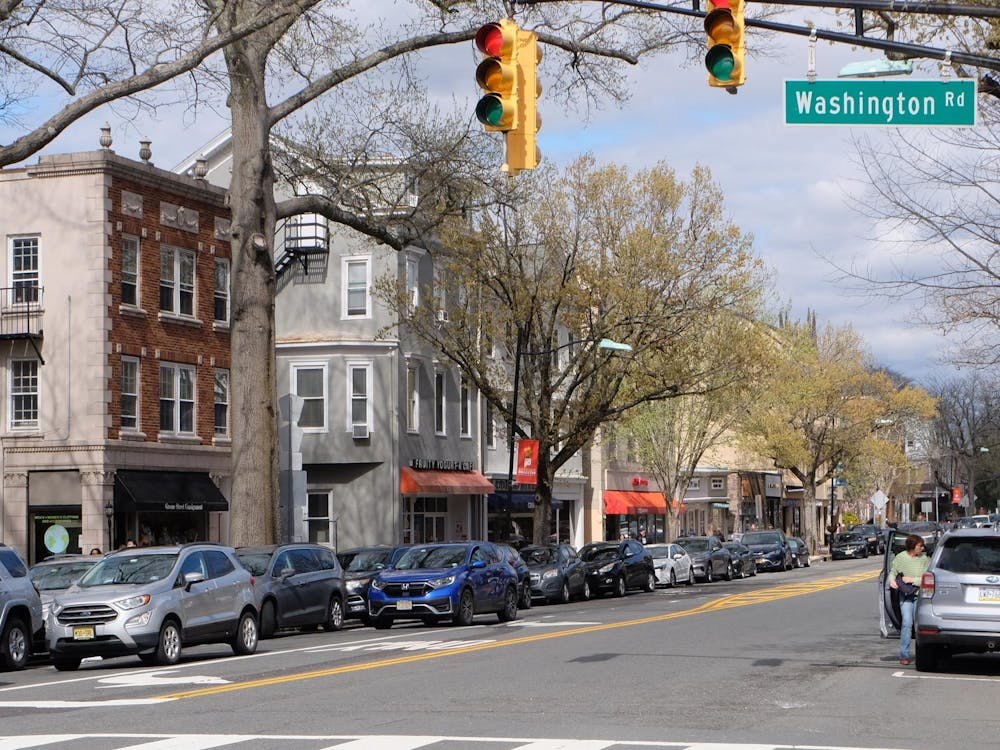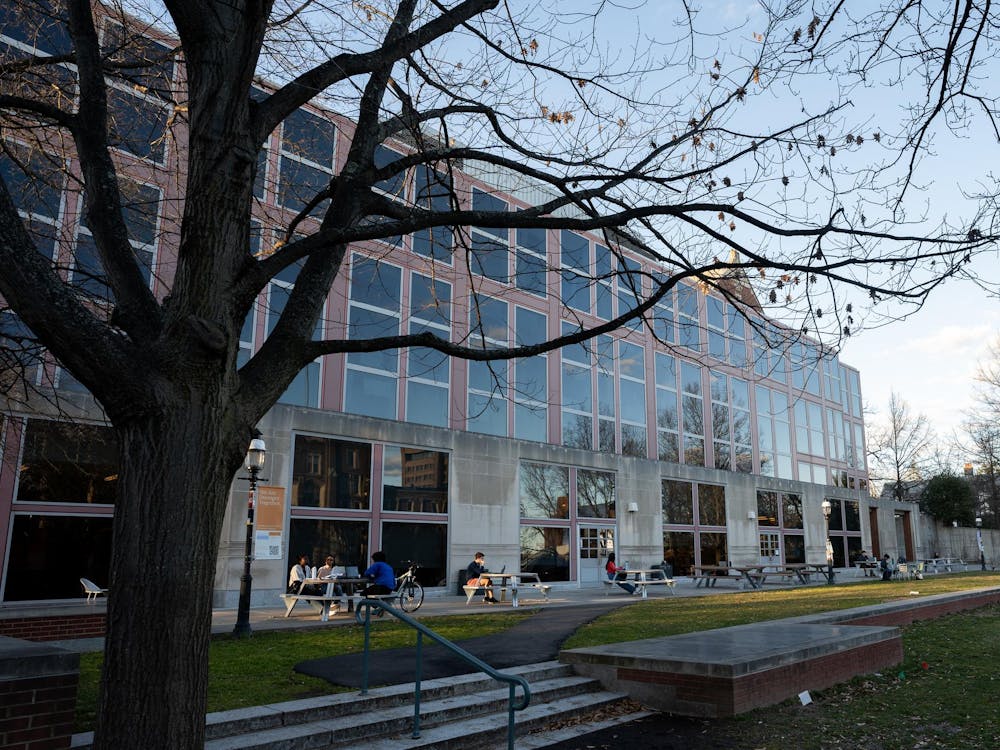Residents of Feinberg and Edwards halls were greeted with new, “green” toilets when they returned to their rooms after spring break, when Facilities staff members installed dual-flushing systems designed to save water.
The new toilets allow users to push the flush handle one way to use less water for liquid waste and another way to release more water for solid waste.
This is one of several efforts that the University has undertaken to make dorms more environmentally efficient, having been bolstered by the encouragement of student activists and the guidance of the University’s new Sustainability Plan. By 2020, the University aims to decrease per capita water usage to 25 percent below current levels, according to the February sustainability plan.
“We’re trying to cut our consumption to be more environmentally efficient,” Director of Engineering Tom Nyquist explained. “Part of the process is to go in and put these new fixtures in.”
Nyquist also reported that the Facilities Department installed water-saving shower heads. The ultimate goal, he said, is to equip all residential buildings with water-saving devices.
Most Feinberg and Edwards residents were supportive of the changes in their restrooms.
“I assume it will make some impact. In the scheme of things, I had not realized that water conservation was one of the things that immediately comes to mind [when thinking of the sustainability],” Peter Martin ’11, a Feinberg resident, noted.
Liana Gutierrez ’11, who lives in Edwards, praised the program because it takes little effort on the part of students.
“I think a large part of why people don’t always recycle or try and conserve energy or water is not because they genuinely don’t care but because it takes time and effort,” she said in an e-mail. “So any program that makes it easier to save water, and takes some of the burden off the individual, is effective.”
Still, the plan was not without skeptics.
“It doesn’t really do anything,” Feinberg resident Sean Emmer ’11 noted. “I mean the handle is green, which makes me feel good about myself, [but] either way it always pushes out the same amount of water.”
Future improvements

Greener toilets are just one part of the University’s efforts to lessen its negative impact on the environment.
Vice President for Facilities Michael McKay said that his office has been continuously working on sustainability projects. One of his current tasks involves making the heating systems in older dormitories less wasteful of energy. While replacing entire systems is not feasible over summer break, he said, there may be ways to increase individual control over the dated steam-heat system. Currently, heat for entire buildings is controlled by only one or two thermostats.
McKay explained that he hopes to break heating control for buildings into smaller zones that can be individually adjusted “so students can control their temperature with their thermometers instead of their windows.”The new Butler buildings, slated for completion fall 2009, will be 30 percent more efficient than required by current energy codes, McKay said, adding that in the future, buildings will exceed efficiency requirements by at least 50 percent.
Greening Princeton president Kelsey Stallings ’09 lauded the University’s commitment to the environment.







